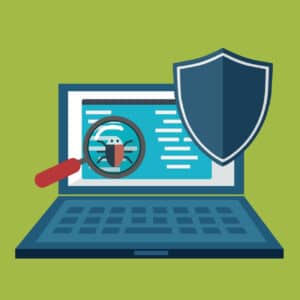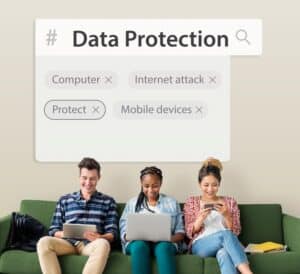Stay Safe While You Shop: Best Practices for Secure Online Shopping
Hey there, savvy shopper! Are you ready to dive into the world of online shopping armed with the best practices to keep your transactions secure? Excellent! Today, we will explore some top tips and tricks to ensure your online shopping experience is convenient but also safe and secure. So, let’s buckle up and embark on this digital shopping adventure together.
1. Trust Your Instincts: Shop from Reputable Websites
First, always trust your instincts when it comes to online shopping. Stick to well-known and reputable websites with a proven security and reliability track record. Look for HTTPS in the website address and a padlock icon in the browser bar, indicating that the site uses encryption to protect your data. It’s like shopping at a reputable brick-and-mortar store instead of a shady alleyway – you want peace of mind knowing your purchases are safe and secure.
2. Keep Your Software Up to Date: Patch Those Security Holes
One of the easiest ways for cybercriminals to exploit vulnerabilities in your system is through outdated software. So, keep your operating system, web browser, and antivirus software up to date with the latest security patches and updates. It’s like regularly servicing your car to keep it running smoothly – a little maintenance goes a long way in preventing breakdowns.
3. Use Strong, Unique Passwords: Lock Down Your Accounts
Regarding online shopping, your password is the first defense against unauthorized access to your accounts. So, use strong, unique passwords for your online accounts and consider using a password manager to track them all. It’s like having a different key for every door in your house – if one gets lost or stolen, the others remain secure.
4. Beware of Phishing Scams: Don’t Take the Bait
Phishing scams are like digital fishing hooks designed to lure unsuspecting victims into handing over their sensitive information. So, be wary of unsolicited emails, text messages, or social media posts that ask for your personal or financial information. Always double-check the sender’s email address or phone number, and never click on suspicious links or attachments. It’s like recognizing a wolf in sheep’s clothing – stay vigilant and don’t take the bait.
5. Pay with Secure Methods: Protect Your Financial Information
When purchasing, opt for secure payment methods like credit cards or payment gateways offering buyer protection. Avoid using debit cards or direct bank transfers, as they provide less protection against fraudulent transactions. Always double-check the website’s URL and look for the padlock icon in the browser bar to ensure your connection is secure. It’s like using a secure vault to store your valuables—you want to keep your financial information safe from prying eyes.
Conclusion: Shop Smart, Stay Secure
And there you have it, folks – a crash course in secure online shopping best practices. Following these simple tips and tricks lets you shop confidently, knowing your transactions are safe and secure. So, browse to your heart’s content and enjoy all the convenience and excitement of online shopping without the worry. Happy shopping!
Read Also:














